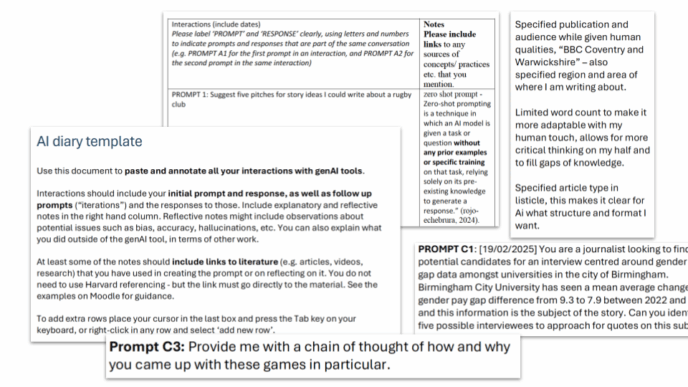Oxford and UCL researchers launch AI-powered piezoelectric wearable for joint torque monitoring
Researchers at the University of Oxford and University College London rolled out a new wearable device that uses boron nitride nanotubes (BNNTs) and AI to track joint torque with high accuracy. The device features a BNNT/polymer composite sensor combined with a lightweight neural network to process knee movement signals in real time.
Traditional joint torque measurements need labs or bulky gear. This new gadget aims to be portable and non-invasive, letting users monitor joint health continuously. That’s huge for athletes, the elderly, and people recovering from injuries.
The sensor uses BNNTs embedded in polydimethylsiloxane (PDMS), tapping into boron nitride’s mechanical strength and piezoelectric traits to capture subtle joint motions. It also employs an inverse design with a negative Poisson’s ratio, matching knee biomechanics for precise tracking of motion and load.
Onboard AI crunches these complex signals and converts them into real-time estimates of torque, angle, and load. The result: detailed data on joint health that can guide rehab, prevent injuries, and detect problems early.
The design is low-cost and lightweight, suited for low-power environments, making it accessible across different regions and settings. Researchers plan to optimize materials and AI further, with potential to integrate the tech into wearables like exoskeletons.
The research was published in Nano-Micro Letters and led by Professors Jin-Chong Tan and Hubin Zhao. Full paper: doi.org/10.1007/s40820-025-01753-w.
Shanghai Jiao Tong University provided the study support.
This innovative AI-enabled piezoelectric wearable device represents a significant step forward in joint health monitoring, offering a low-cost, high-sensitivity solution with broad potential applications.
Stay tuned for more groundbreaking research from Professor Jin-Chong Tan and Professor Hubin Zhao’s team as they continue to push the boundaries of wearable technology and contribute to improved joint health and rehabilitation outcomes.














